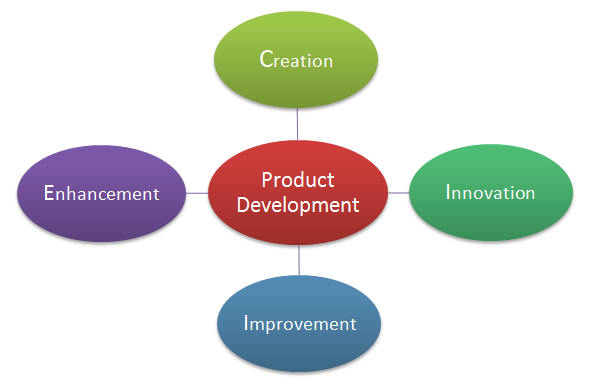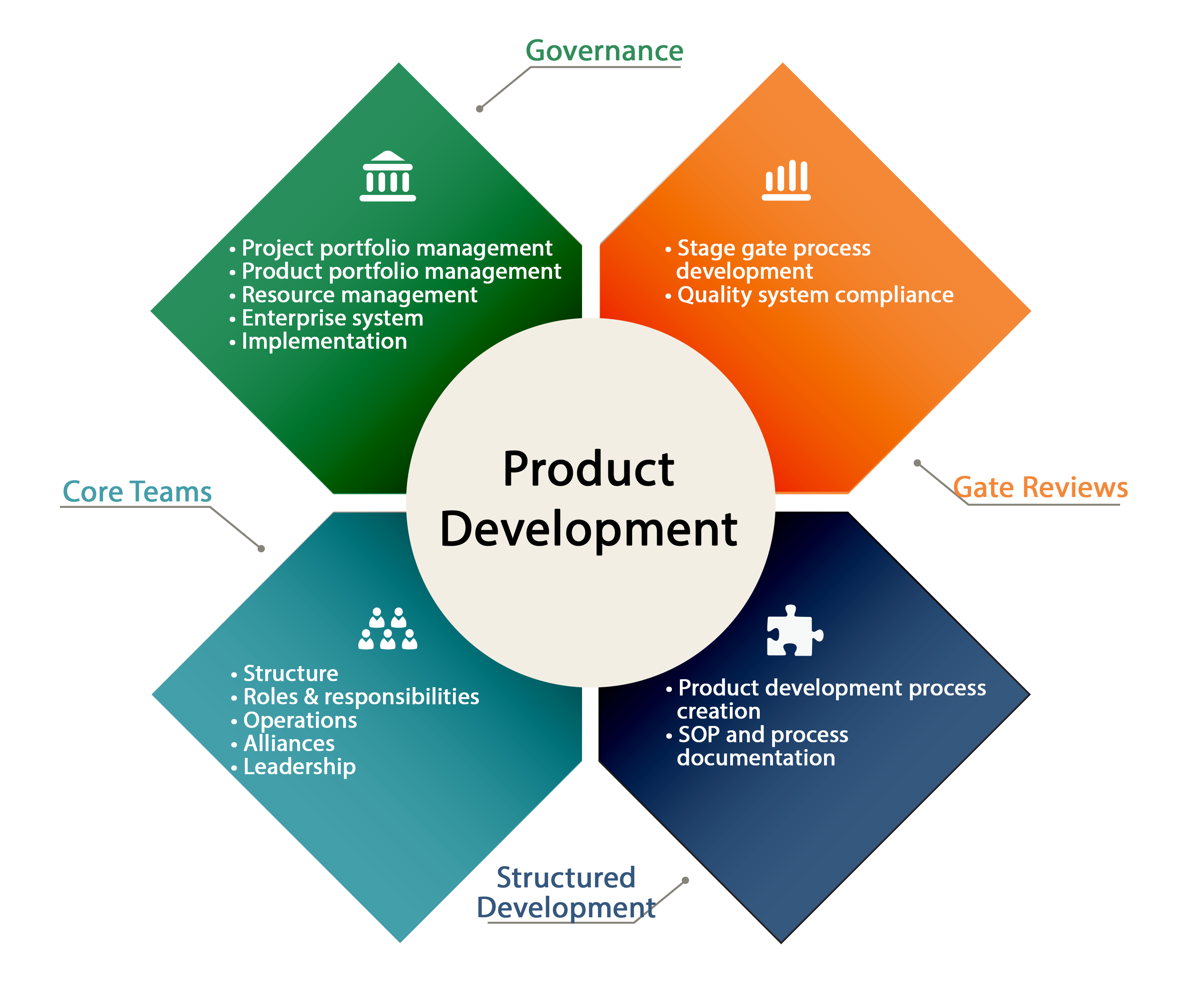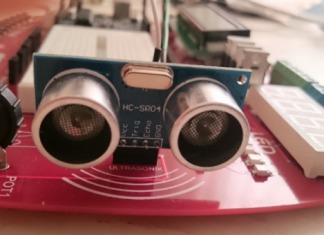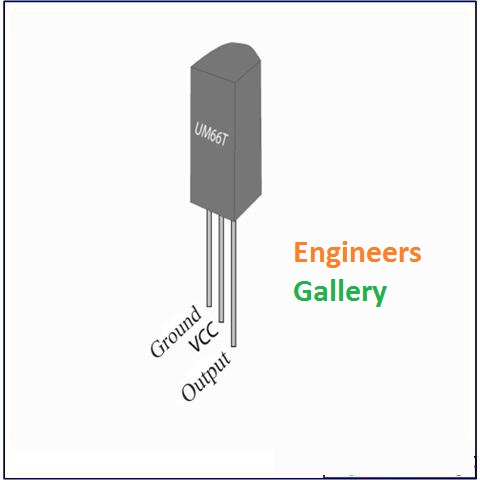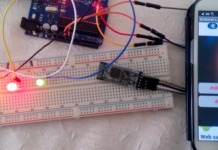PRODUCT DEVELOPMENT
A product development has to go through the following concepts of product engineering which are given as under.
Product functions
1. Product specifications
2. Conceptual design
3. Ergonomics and aesthetics
4. Standards
5. Detailed design
6. Prototype development
7. Testing
8. Simulation
9. Design for manufacture
10. Design for assembly
11. Drafting.
Now let us consider the manufacturing environment of a given product. How does the product idea originate. Market forces determine the need for a product. Expertise on the part of the company estimates the likely demand and probable profitability and decides on the best mode of designing and manufacturing the desired product.
Traditionally, after the design of the product, the part prints are released for production. The production engineering section first considers the feasibility of production of the product. Having ascertained its feasibility, process planning is done so that the product can be manufactured at the lowest possible cost. Any redesign that is needed for improving the producibility of the product without compromising on its functionality would have to be done at this stage. Having decided on the process plan for manufacture, the necessary actions are undertaken for its implementation. These are making of the tooling required, acquiring of new equipment or tools, procurement of the raw materials, releasing of the detailed operational instructions to the shop floor, etc. The conventional methods of manufacturing are generally inefficient and dependent on operator skills. These methods consume more time, have high costs, and give poor accuracy.
Product design is an activity which needs to be well organized and take into account all influences that are likely to be responsible for the success of the product under development. A product here means a single component which is functional in itself like a wrench or an assembly of a large number of components all of which will contribute to the functioning of the part such as an automobile engine. The complexity of the design process certainly increases with the number and diversity of components present in the final part. Since there are such a large number of influencing factors, it is impossible to specify a design procedure for each component. Here we are interested in developing some common guidelines and steps that are needed to proceed for a successful product design and manufacture.
From the above discussion it can inferred that products can be manufactured by more than one processes. Therefore several alternatives for manufacturing products are available. The selection of a suitable process is depended upon the factors including volume of production, properties of the components, technical viability of process, economy involved and desired quality. Based upon the volume of product the manufacturing activity can be identified in terms of job shop production, batch production and mass production.
Reference Introduction to basic Manufacturing Processes and Workshop Technology by Rajender Singh.
For engineering project visit this page regularly for know more things related project ideas. Click here to see Ideas of Projects.

